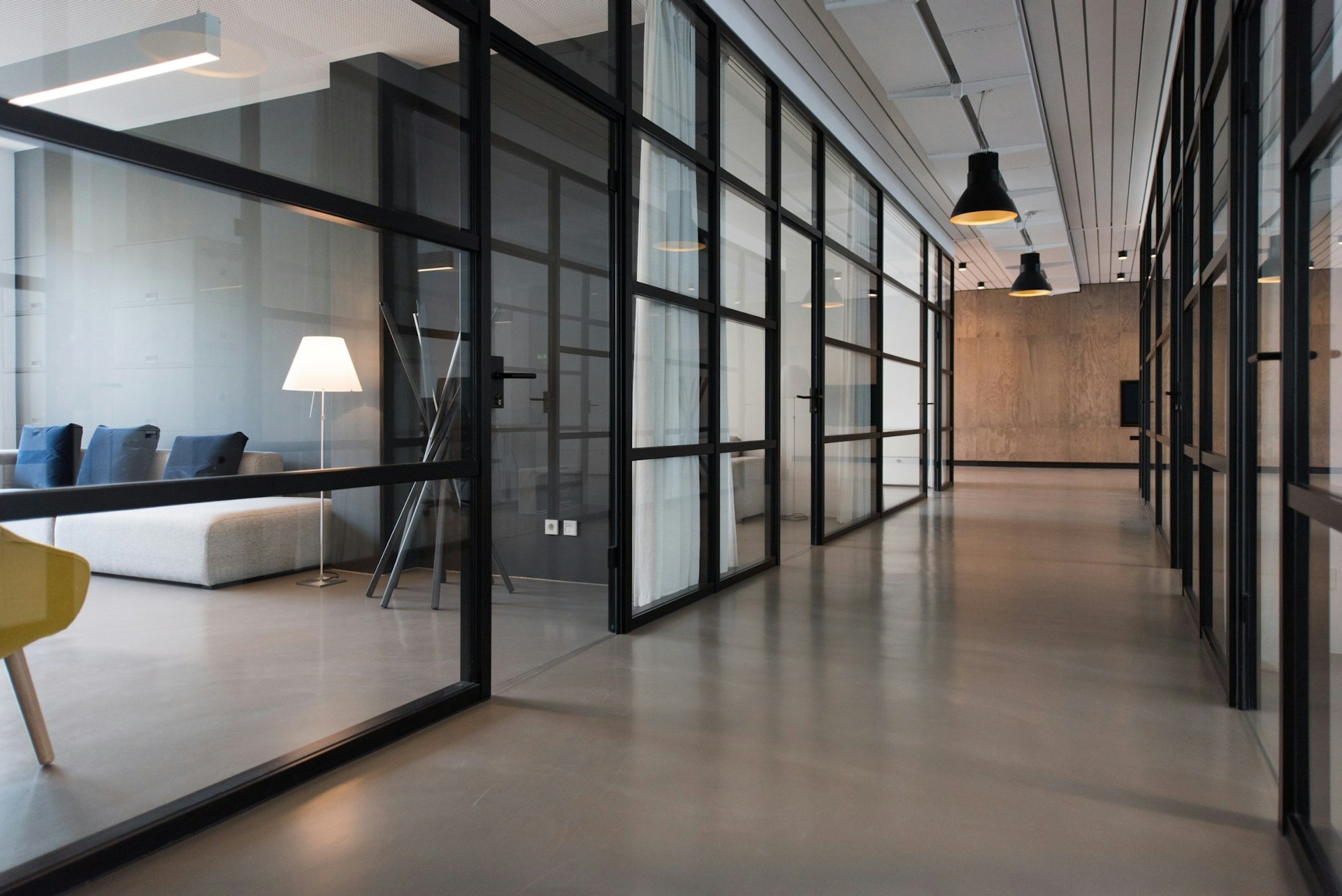Commercial real estate has always moved in cycles, but 2025 feels different. After two years of high interest rates and falling valuations, the market is showing signs of a reset.
It’s partly because major cities are experimenting with office-to-residential conversions and investors are picking up distressed assets at steep discounts.
At the same time, new models like fractional ownership are opening doors that didn’t exist five years ago, so being watchful for new opportunities and trends only makes sense.
This guide looks at commercial real estate in 2025 to explain how things are moving forward in the market and tips to benefit from it.
Trends Shaping Commercial Real Estate in 2025

Commercial real estate (CRE) reflects broader economic conditions and the pace of innovation. The sector is balancing between recovery and reinvention in 2025. After two years marked by high borrowing costs and a decline in valuations, positive changes are underway.
Here are some trends in commercial real estate this year:
Market Recovery
A big development in 2025 commercial real estate is stabilization after years of uncertainty. Industry leaders like CBRE have upgraded their forecasts, and capital markets are beginning to loosen. Financing that was expensive in 2023–24 is gradually becoming more accessible, so investors are revisiting deals that had been shelved.
Office Evolution
No commercial real estate segment has been more debated than the office market. Even though remote work has apparently reshaped demand, it didn’t make office space irrelevant. While hybrid work remains, some businesses are investing in high-quality spaces, and it’s an opportunity for new buyers.
Not to say hybrid work hasn’t impacted how office spaces were seen 10 years back. But today, the focus has shifted towards trophy locations and high-amenity spaces. Another growing trend is office-to-residential redevelopment, as planners aim to solve housing shortages by repurposing underutilized office buildings.
Opportunities in CRE This Year
Despite the signs of stabilizing, some CRE sectors are hurting, others are thriving, and a few are opening doors that didn’t exist a decade ago. Therefore, financiers can benefit from it by knowing where steady cash flow still exists.
Here are some positive opportunities in the market moving into 2025:
Distressed Office Assets
City-center offices have been hit the hardest by hybrid work. Many buildings have lost tenants, and owners are selling below replacement cost because of lost value. Buyers with capital and startup funding can use this as an entry point.
Notably, not every office is worth it and older stock in weak locations will stay empty, but prime addresses in strong markets are in high demand. If someone wants to benefit from new CRE investments, that means updating layouts, adding more amenities, and converting spaces to match modern-day standards. The logic is simple: buy quality space at a discount and improve it to sell/rent for a premium.
Healthcare and Industrial Real Estate
If you want stability, look here. Since medical centers and outpatient facilities run on long leases (10 to 20 years), their tenants rarely move. All that means predictable rent, even when the wider economy slows. Industrial space is the other anchor you can explore for investments in 2025.
E-commerce is a huge thing, and companies need warehouses close to population centers. Also, these places’ vacancy rates here are far lower than in offices, so they can be a reliable income for investors that holds up across cycles.
Adaptive Reuse Projects
Empty offices don’t have to stay empty as major housing shortages encourage conversions. These conversions sometimes come with tax breaks or zoning support, so benefiting from them makes sense if there is enough financing.
Turning outdated office towers into apartments or mixed-use buildings solves two problems at once. It reduces oversupply in offices and creates badly needed housing.
Sure, these projects take work, but the payoff is real, and you end up with a property that matches today’s demand instead of clinging to yesterday’s. Smart investors are already moving on this while incentives are still on the table.
Commercial Real Estate Tips for 2025
Some assets are cheap, while others are solid but priced fairly. So the goal should be buying income you can trust and spreading risk without watering down returns. Here are some tips backed by finance experts in this regard:
Target Cash-Flowing Assets
The safest bets are properties that already have good tenants and are bringing in rent. Going for them means you don’t have to hope the market turns around; you earn from day one. For example, a small warehouse leased to an online retailer can give steady monthly income, and even if property prices move up and down, cash flow is there.
Watch for Office-to-Residential Conversion Incentives
As explained earlier, some megacities want to turn old, half-empty office buildings into residential spaces. That’s why they’re ready to offer tax breaks or easier approvals. So if you find a property that qualifies for this, you could turn a weak office building into a valuable rental project. For instance, a downtown office that’s almost empty could be converted into affordable housing and rented.
Diversify Smartly
While investing in commercial real estate, don’t put all your money into one property. Spread the money across different types, like industrial, healthcare, or multifamily housing. Or you can also use fractional investing platforms and buy a small share of bigger properties.
Diversifying means that you get access to strong assets without needing millions upfront. For example, instead of putting everything into one office building, put part into a warehouse and part into a data center through a fractional platform for safer returns.
Make Your Move, Take the Chances
Don’t sit on the sidelines in 2025; the market is shifting, and the best opportunities are going to those who act with focus. Some properties are undervalued, some are steady income plays, and others are being reimagined in ways that didn’t exist some time back.
Your path forward should be knowing where demand is real and looking for assets that work today. If you spread your bets wisely, commercial real estate can be less risky and more profitable.
If you need more clarity on commercial real estate in 2025, talk to ROK Financial today and get insider information before your next move. We want to make sure your money is safe and all services are geared towards that goal.
Explore all that the ROK has to offer and think about money matters with more freedom.
FAQs
Here are some useful FAQs about commercial real estate trends, opportunities and investment tips for 2025.
What types of tenants are the most reliable in today’s market?
Healthcare providers, logistics companies, and big retailers are considered the most reliable. They generally sign long leases and have stable demand.
How do rising construction costs affect new commercial projects?
Higher costs make new builds less attractive and slow down development. All this eventually pushes investors toward existing properties instead of building from the ground up.
Are smaller investors at a disadvantage in commercial real estate?
Not anymore. Fractional platforms and REITs (Real Estate Investment Trusts) give them access, but big players still get the best deals first.




